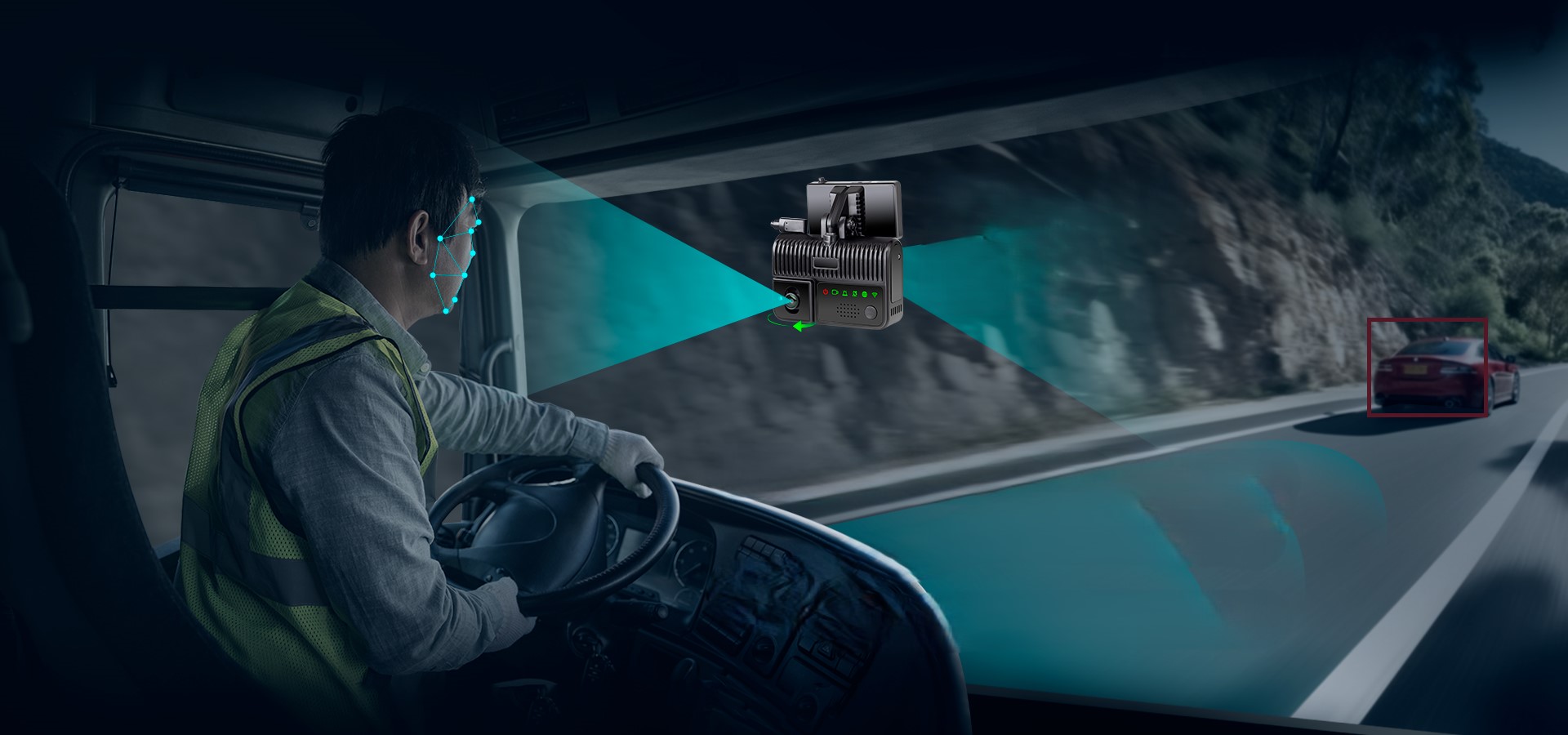How AI Can Enhance Vehicle Safety for HGV and Delivery Drivers
Artificial intelligence (AI) is revolutionising vehicle safety, especially for heavy goods vehicles (HGVs) and delivery drivers. With the increasing demands and risks associated with these roles, AI provides advanced solutions to enhance safety, reduce accidents, and improve overall driving conditions. Let’s explore how AI is transforming vehicle safety for HGV and delivery drivers.
Understanding AI in Vehicle Safety
AI in the automotive industry refers to technologies like machine learning, neural networks, and data analytics that enhance vehicle functions. In terms of safety, AI can automate responses, predict issues, and provide real-time data to prevent accidents and ensure driver well-being.

AI-Powered Safety Features
- Automatic Braking Systems: AI-powered automatic braking systems detect obstacles and apply brakes if the driver fails to react in time. This technology is crucial in preventing rear-end collisions, particularly in heavy traffic.
- Lane-Keeping Assistance: Lane-keeping assistance uses cameras and sensors to monitor lane markings. If a vehicle starts to drift without signaling, the system gently steers it back, reducing the risk of accidental lane departure.
- Collision Avoidance Technology: AI-driven collision avoidance systems continuously scan the road ahead. They can identify potential hazards such as other vehicles, pedestrians, or obstacles and take necessary actions to avoid collisions.
Real-Time Monitoring and Alerts
- Continuous Vehicle and Driver Monitoring: AI systems monitor vehicle performance and driver behavior in real-time. This includes tracking speed, braking patterns, and steering habits to identify any unsafe practices.
- Alert Systems for Driver Fatigue and Distractions: Driver fatigue and distractions are significant causes of accidents. AI can detect signs of drowsiness or inattentiveness through monitoring eye movements and head positions, alerting drivers to take a break or refocus on the road.
Advanced Driver Assistance Systems (ADAS)
- Components of ADAS: ADAS includes a suite of safety features like adaptive cruise control, traffic sign recognition, and blind-spot detection. These components work together to provide a safer driving experience.
- Benefits for HGV and Delivery Drivers: ADAS is particularly beneficial for HGV and delivery drivers who often face long hours and challenging driving conditions. By automating certain functions and providing constant assistance, ADAS reduces the physical and mental strain on drivers.
Improving Driver Behavior
- AI’s Role in Training and Feedback: AI can provide drivers with feedback on their driving habits, highlighting areas that need improvement. This ongoing training helps drivers adopt safer driving practices over time.
- Monitoring and Reducing Risky Behaviors: By continuously monitoring driver behavior, AI can identify risky actions such as hard braking, rapid acceleration, or frequent lane changes. Addressing these behaviors proactively can significantly reduce the likelihood of accidents.
Emergency Response and Accident Prevention
AI in Emergency Scenarios: In the event of an emergency, AI can take over to execute critical maneuvers, such as controlled braking or evasive steering, to avoid or mitigate the impact of an accident.
- Reducing Response Times and Improving Outcomes: